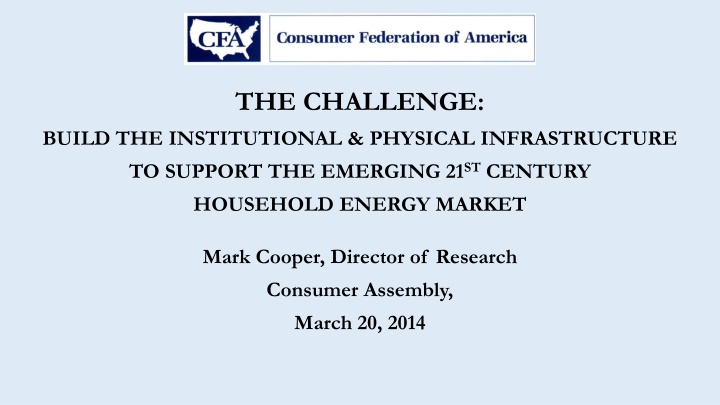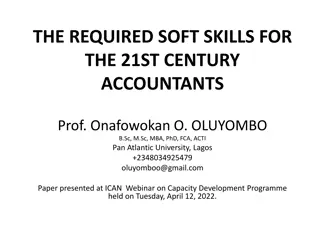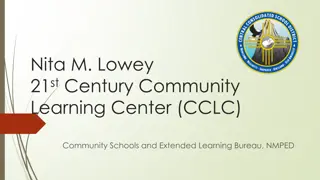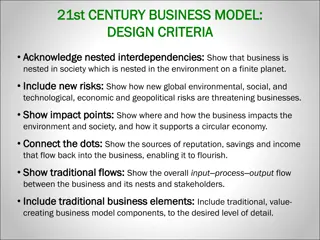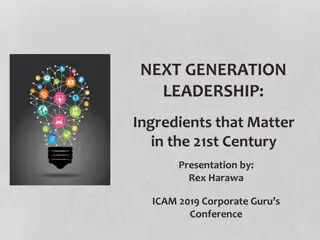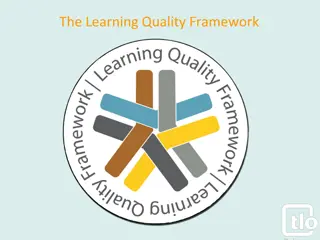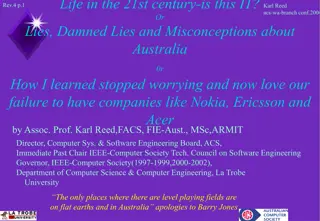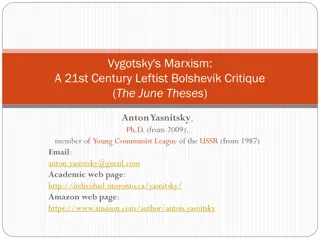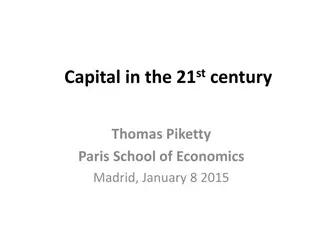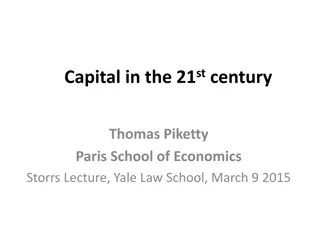Supporting the 21st Century Household Energy Market
Mark Cooper, Director of Research at Consumer Assembly, delves into the challenges and opportunities in building the institutional and physical infrastructure required to bolster the emerging 21st-century household energy market. The demand and supply sides, performance standards, renewables, and funding issues are thoroughly discussed, emphasizing the need for consumer involvement and fair practices in sustaining the new energy infrastructure.
Download Presentation

Please find below an Image/Link to download the presentation.
The content on the website is provided AS IS for your information and personal use only. It may not be sold, licensed, or shared on other websites without obtaining consent from the author.If you encounter any issues during the download, it is possible that the publisher has removed the file from their server.
You are allowed to download the files provided on this website for personal or commercial use, subject to the condition that they are used lawfully. All files are the property of their respective owners.
The content on the website is provided AS IS for your information and personal use only. It may not be sold, licensed, or shared on other websites without obtaining consent from the author.
E N D
Presentation Transcript
THE CHALLENGE: BUILD THE INSTITUTIONAL & PHYSICAL INFRASTRUCTURE TO SUPPORT THE EMERGING 21ST CENTURY HOUSEHOLD ENERGY MARKET Mark Cooper, Director of Research Consumer Assembly, March 20, 2014
CFA has long been fully supportive of the transformation of household energy use on the demand side (with energy performance standards) and the supply-side (with renewables and hybrid-electric vehicles). We are winning; the transformation is under way. This is the moment for the consumer movement to make a major, positive contribution to the institutional transformation that is beginning, which is headed in exactly the direction the movement has wanted it to go. There are three challenges.
First, we must defend and extend the performance standards that have proven to be such powerful and effective tools to promote energy savings. They are under constant attack from industry and free market ideologues because they rest on the assumption and demonstration that there are market imperfections that result in underinvestment in energy saving technologies. Second, there is an even greater challenge to ensure that the we build the institutional and physical infrastructure to support and accelerate the transformation over the opposition of powerful incumbents who will resist change as it means their power and wealth will decline. Third, funding the new infrastructure, ensuring that consumers are not overcharged for the old infrastructure that is retired and establishing revenue streams to sustain the new infrastructure that treat consumers fairly is a major challenge.
The transformation on the demand side. Slide 1: Electricity and Gasoline Consumption/$ of GDP (EIA) The transformation on the supply side. Slide 2: Renewables (Credit Suisse) Slide 3: Hybrid and All Electric Vehicles The Market Transformation Slide 4: The shifting economic equilibrium The Institutional Challenge of paying for the new highways of energy commerce, a)The grid b)Streets, roads and highways
Energy Consumption per $ of GDP 0.35 Electricity 0.3 Gasoline 0.25 0.2 y = -0.0001x2 + 0.4558x - 452.87 R = 0.9495 0.15 y = -4E-07x2 - 0.0003x + 2.5095 R = 0.9417 0.1 0.05 0 1950 1960 1970 1980 1990 2000 2010 2020 2030
Credit Suisse: Under Current RPS, 85% of New Generation added until 2025 will be renewables
Plug-in Electric Vehicles are well ahead of Hybrids in terms of makes and models available at a similar stage of development. Electric Vehicles are on their way to a significant market penetration by 2025
